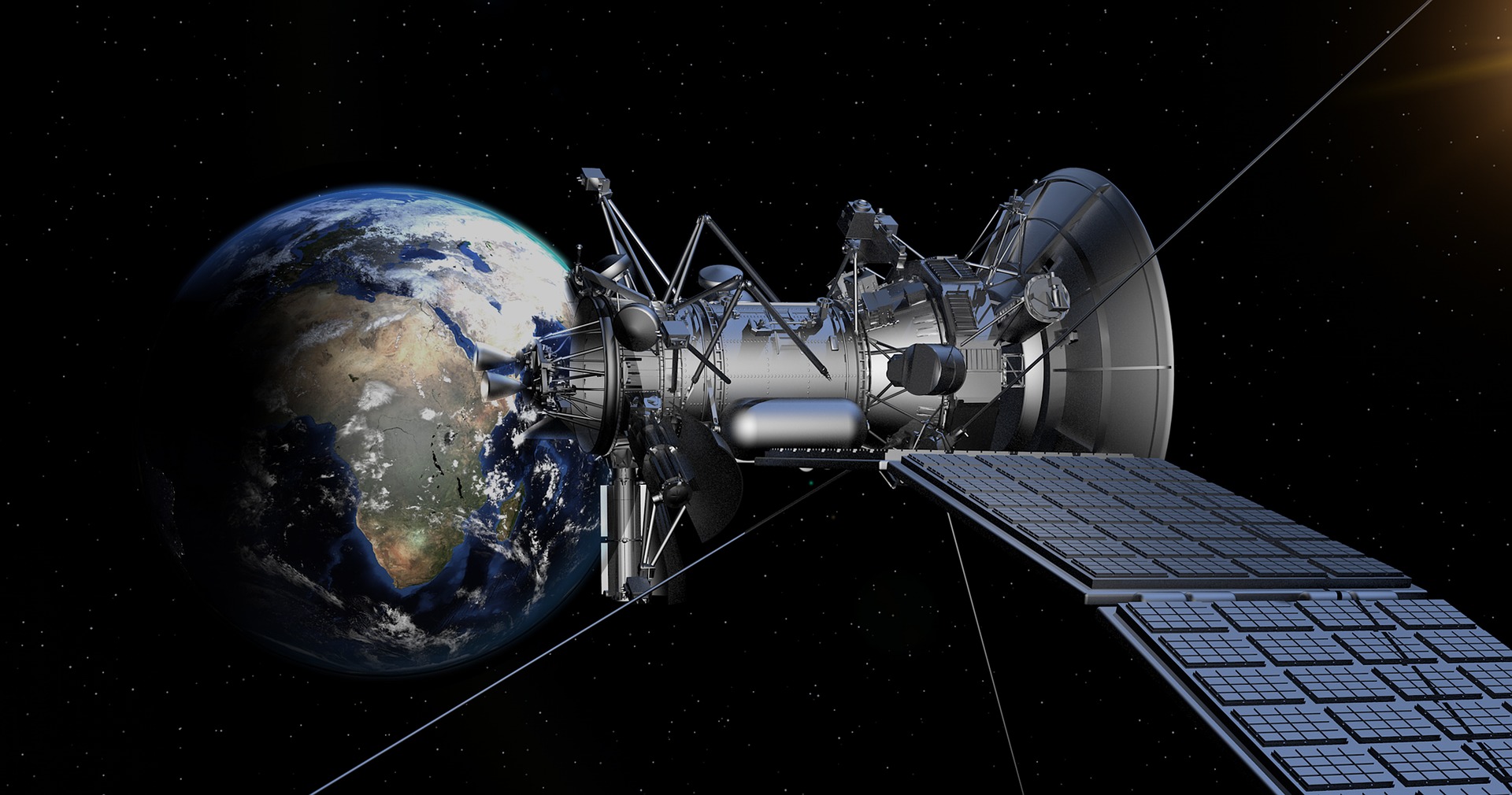
07 Feb What’s trending in South African Space

South African space technology continues to make waves in the national space industry with innovative inventions and specialised ground space stations.
Construction of the world’s largest radio telescope in South Africa- the Square Kilometre Array – is due to start in February this year. This project will contribute to research about the evolution of galaxies and the existence of life beyond Earth. Most importantly, it offers great socio-economic benefits for South Africa such as job creation, and industrial, social and skills development which are fundamental to the existence of SANSA.
South African medical doctor, software developer and CEO of eMoyo technologies is the expert behind the portable audiometer being used by NASA and the International Space Station (ISS). Dr Dirk Koekemoer’s KUDUWave recently placed the country’s ability to develop technology suitable for space on the international map. The audiology system assists NASA in studying the biological impact of noise in space. This piece of internationally used technology is joined by a South-African built imaging tool used in China’s moon rover. Known as the Yutu 2 from the Chang’e 4 mission, the moon rover helps space scientists take a closer look at activity on the far side of the moon and provides images of this activity.
There is no denying South Africa’s contribution to space technology and research.
Sources:
Ormajee, L (2022, January 10) SA stands to benefit as construction of world’s largest telescope gains ground. Qukula, Q (2021, April 13) NASA uses SA-made invention to conduct hearing tests on astronauts in space. Tillman, N.T (2018, May 26) Chang’e-4: Visiting the Far Side of the Moon.
This month in space history
- 1 February 2004: Seven NASA astronauts lost their lives when Space Shuttle Columbia disintegrated in-flight.
- 2 February 2000: The European Space Agency’s (ESA) XMM-Newton spacecraft took its first pictures providing a new view of the universe.
- 3 February 1966: The Soviet Luna 9 spacecraft safely landed on the moon and marked the first ever, soft landing on another celestial body. This wrote-off doubts that existed about the surface being quicksand and unsafe for landing. The spacecraft had a TV camera with a revolving mirror system that enabled it to take pictures and transmit them back to Earth. The pictures included panoramic views of the lunar landscape and close views of nearby rocks.
- 5 February 2004: The Rosetta’s mission lander is named “Philae”, after an island on the river Nile on which an obelisk was found that aided French historian, Jean-François Champollion decipher the hieroglyphics on the Rosetta Stone and in discovering the ancient Egyptian civilisation. The Philae lander and Rosetta orbiter would similarly play a significant role in helping scientists study the intrinsic details of the comets in our solar system.
- 11 February 1997: The NASA/ESA Hubble Telescope receives an upgrade on its scientific capabilities.
- 18 February 2004: ESA scientists announced they had seen a super-massive black hole ripping apart a star and consuming a portion of it. According to data from ESA’s XMM-Newton and NASA’s Chandra X-ray observatories, astronomers believe that a doomed star came too close to a giant black hole after a close encounter with another star threw it off course. These results are the best evidence yet that such a phenomenon, long predicted by theory, does actually happen.
- 25 February 1616: Italian astronomer, mathematician and philosopher Galileo Galilei denounced his theory of the Earth orbiting the Sun to avoid imprisonment.
- 26 February 1966: The Saturn 1B rocket was launched from the Cape Canaveral, USA on an unmanned suborbital test flight in the Apollo moon programme.
- 24 February 1968: The journal Natureannounced the discovery of pulsars. The discovery of these objects opened new horizons in studies as diverse as degenerate fluids, relativistic gravity and interstellar magnetic fields. Under extraordinary physical conditions, radiation is generated and pulses with a clock-like precision.
- 28 February 2002: The Envisat satellite was launched. The satellite assisted scientists to better understand how changes affect the climate by providing a complete set of observations that surpassed the usual standard. The satellite was equipped with instruments to monitor land, oceans, atmosphere and ice caps.
(Source: NASA and ESA)
Did you know?
NASA has recently launched a visualisation tool that opens up the world of asteroids and comets close to Earth, the 3D web-based application even keeps an eye out for new objects near the Earth. NASA’s Eyes on Asteroids tool updates this information in real-time and makes it available on all of your electronic devices with an active internet connection. Get to know all about the near-earth objects (NEOs) by clicking on them on the application to reveal their names, discovery dates and orbital path.



